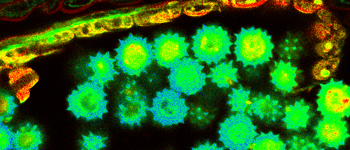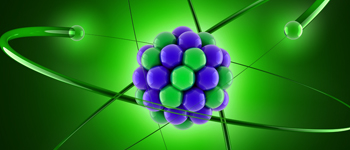Powerful Tools for many Scientific Fields
PicoQuant’s products are ideal for a wide range of applications in various scientific fields, such as Life Science, Materials Science, and Optical Quantum Technology. They are essential for academic researchers in their search for answers and help in gathering data for publications in top-ranking journals. They are used by researchers in industry in their day-to-day laboratory work, and help carrying out routine quality control of global industrial players. Find out how they can help bring your research to a new level.
-
Life Science

Life Science refers to the fields of science that involve the scientific study of processes and structures of living organisms. While biology remains the centerpiece of the life sciences, related fields such as biochemistry, biophysics, or medicine are also included. Life science applications aim at understanding organisms and their place in the ecosystem.
-
Materials Science

Investigating the relationship between the atomic or molecular structure of materials and their macroscopic properties is a core aspect in the interdisciplinary field of materials science. The insights thus gained help in creating or modifying materials for improved performance. PicoQuant provides powerful tools like steady-state and time-resolved spectroscopy or microscopy to study a material’s excited state dynamics and processes. The FluoMic add-on for the FluoTime 300 provides a fast and easy way to perform fluorescence spectroscopy on remote samples.
-
Metrology

Metrology is the science of measurements. It refers to the process of measuring one or several specific parameters for a defined purpose. Metrology applications in this context are not directly related to specific research in life sciences or materials science, but are either generally applicable or serve a very specific measurement task.
-
Quantum Optics

Quantum optics is a field of research that deals with the application of quantum mechanics to phenomena involving light and its interactions with matter. One of the main goals is to understand the quantum nature of information and to learn how to formulate, manipulate, and process it using physical systems that operate on quantum mechanical principles.




